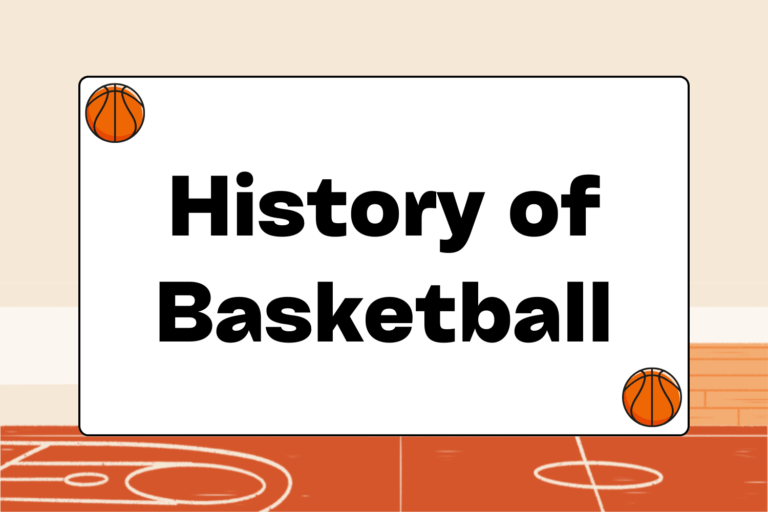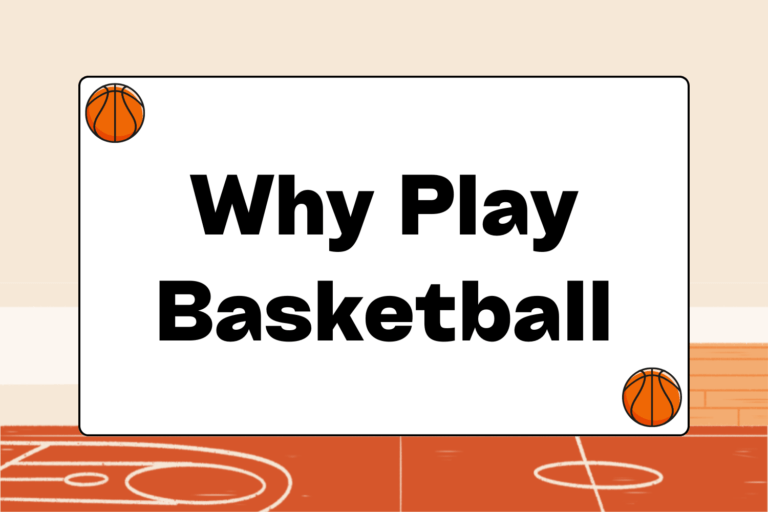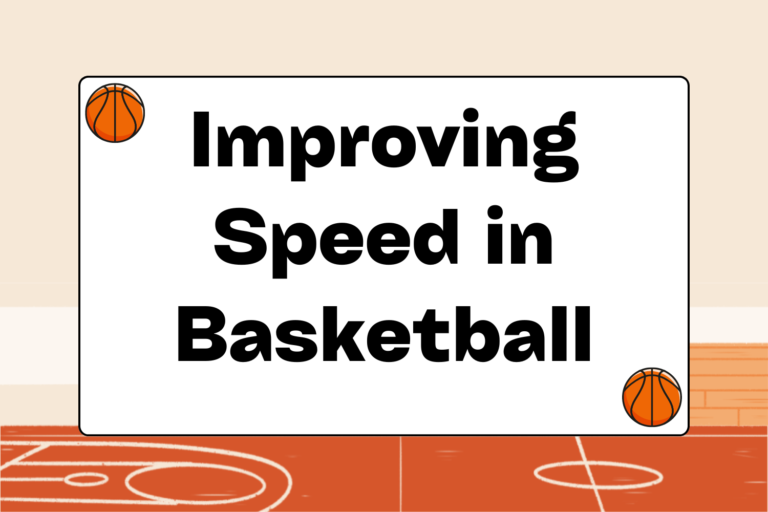Like many sports, basketball has become a year-round activity for most advanced players. Spring and summer leagues keep players occupied throughout the year and give everyone constant opportunities to develop their game. But the type of workouts you do during the off-season can go a long way toward determining what type of player you’ll be in the fall.
It’s easy to get into the trap of playing pick-up games and scrimmaging with friends when there’s work to be done. Games are fun and, in a casual environment, they let you emphasize the parts of the game that come easy to you. On the other hand, workouts can be tedious and repetitive, especially when the season seems so far away.
The off-season is your chance to develop areas of your game that may have lagged behind in the past. It’s also an opportunity to dramatically improve your overall abilities and enter the pre-season in the best shape of your life.
Formal Off-season Programs
A formal off-season program gives you the chance to practice in the morning, and then test your skills in a game later in the day. For example, participating in regular shooting drills every morning for two weeks almost always translates into knocking down open jumpers in games. Repetition during workouts and practice during games turns basketball basics into second-nature habits.
There are five areas that every player needs to work on during the off-season:
- Ball-handling skills
- Shooting
- Passing
- Defense and footwork
- Cardio/conditioning
The best basketball players consider the off-season as an opportunity to play, rather than as a chance to rest.
A good goal is to work on at least three of these areas every day, throwing in strength training for players looking to improve power and explosiveness. Developing a program with the help of your coaches or trainer to augment off-season scrimmages or games is a great way to improve before the season begins.
Warm-up
Always begin with a brief warm-up session. Warm-ups are dynamic and fast-paced. More importantly, they improve flexibility and reduce the risk of injury. They’re a scaled-down simulation of basketball movements, and can be done in ten minutes. They include:
- Light running: Three slow laps around the court, followed by 3 fast laps.
- Stretching: Include side bends, trunk rotations, and hamstring and quadriceps stretches.
- Wrap-around: Cycle the ball around the waist ten times in each direction.
- Figure 8s: Cycle the ball in a figure-8 motion between your legs and below your knees as quickly as possible.
- Figure-8 dribble: Keep your head raised and dribble with your fingertips, moving the ball between your legs as quickly as possible.
Ball-handling Drills
There are three keys to dribbling drills:
- Keeping your head up.
- Keeping the dribble at or below your knees.
- Alternating between your strong and off hand.
To simulate a game situation, always be either attacking the basket or keeping your off-hand up to protect the ball.
Speed Dribble
Begin at half court to the right of the circle and speed dribble with your right hand to the basket, making a lay-up. Recover the ball and speed dribble back to half court, on the opposite side of the circle. Return with a speed dribble using your left hand, making a left-handed lay-up. Go back to your original half court position.
Crossover Dribble
Repeat the previous drill by crossing to your opposite hand after every four dribbles. Remember to protect the ball with your opposite hand.
Change-of-pace Dribble
Repeat the same drill while alternately slowing down and sprinting toward the basket. Begin with a full-speed dribble, slow to half-speed after three hard dribbles, and return to full-speed to lay the ball into the basket. Dribble back to the half-court line on the opposite side of the circle and repeat from the other side.
Shooting Drills
To become a better all-around shooter, move around to different spots on the floor as you practice shooting. If you don’t have a partner to rebound, reverse spin the ball in front of you and catch it as though it were a pass from a teammate. In each set of ten shots, the goal should be six makes inside the three-point line, and four makes from beyond the arc (or more for expert shooters).
Five Spots, Ten Shots
Vary your distance as you choose five spots on the court to shoot from; no spot should be closer than 12 feet away from the hoop or farther than the three-point line. For example, shoot from the wing, near the elbow, and top of the key. Then do the same drill off the dribble, catching your reverse-spin pass and giving two hard dribbles before shooting. Alternate in five-spot sets going to your left and then your right.
Hard Lay-ups
Begin at the right elbow and take five hard dribble lay-ups with your right hand. Then do the same from the left elbow with your left hand. Once you complete the drill with both hands, switch to reverse lay-ups and begin slightly closer the baseline. Repeat this drill with each hand from the wing, and then the baseline.
Passing Drills
Passing drills can be executed with a teammate or against a wall. When completing drills with a teammate, stand thirty feet apart and give points for accuracy: Five points for passes received between the numbers, three for hitting the torso, and one for anything catchable. Compete to see who gets more points.
- Bounce pass: Be sure to step into the pass and follow through. The ball should bounce up at stomach level.
- Two-handed chest pass: Let your strong hand guide the ball, and keep your thumb underneath the ball to create backspin.
- Baseball pass: Have one teammate stand at half court and the other along the baseline. Step into the pass and snap it off.
Defensive & Conditioning Drills
Defensive and conditioning drills are often ignored during the off-season. However, they’re the key to building endurance and defensive skill. The players who work on these drills are always the most game-ready players on the team when pre-season practice resumes.
Ball Denial
Begin in the defensive stance and position yourself between a passer (standing beneath the basket) and offensive player (along the perimeter). Slide laterally using short, choppy strides to defend the pass. Be sure to keep your palm raised in the direction of the sliding offensive player. Take turns and keep score, giving one point per completed pass.
Close-out Drills
“You can’t get much done in life if you only work on the days when you feel good.”
Jerry West
12-time NBA All-Star
Start by standing in the lane, with a passer beneath the basket and an offensive player along the perimeter. At the pass, sprint out to the offensive player and close out in short, choppy steps with your hands out. Have the offensive player take one or two dribbles laterally and defend his lateral movement.
Sprints
Complete two suicides for your final drill. Begin on the baseline and run to the free-throw line and back, half-court line and back, opposite free-throw line and back, and — finally — sprint the entire length of the court and back to finish. Remember to give it your best effort, even when you’re ready for workouts to end.
Cool Down
Foul shooting and stretching are the best ways to cool down. Advanced players should be able to make 8 out of 10 foul shots every time, and this is a good goal to complete your workout. Other ideas include staying in the gym until you make ten foul shots in a row, or competing against teammates to see who can make the most in twenty attempts. In addition, some static stretching will keep you fresh for the next workout.
Stay Active
Remember that the off-season is also a great time to develop parts of your game that are important to you. Some of the best go-to moves and shooting rhythms start with off-season work. Develop these facets of your game alone or with a teammate during the off-season by working five days a week and you’re guaranteed to see results when the season rolls around.





